Pros and Cons of Different Camera Sensor Sizes
With advancements in technology have come new photography trends such as computational photography, where cameras with smaller sensors are able to digitally compensate for the shortcomings of their sensors’ size and emulate the features and quality of photos taken with much larger sensors.
This greatly ups the game of smartphone cameras, for instance, and has some people wondering just how important a sensor’s size really is.
Let’s briefly discuss what a camera sensor does, the effects of sensor size on resulting photographs, and the pros and cons of each sensor size you’ll find in today’s market. Without further ado, let’s talk about how sensors work.
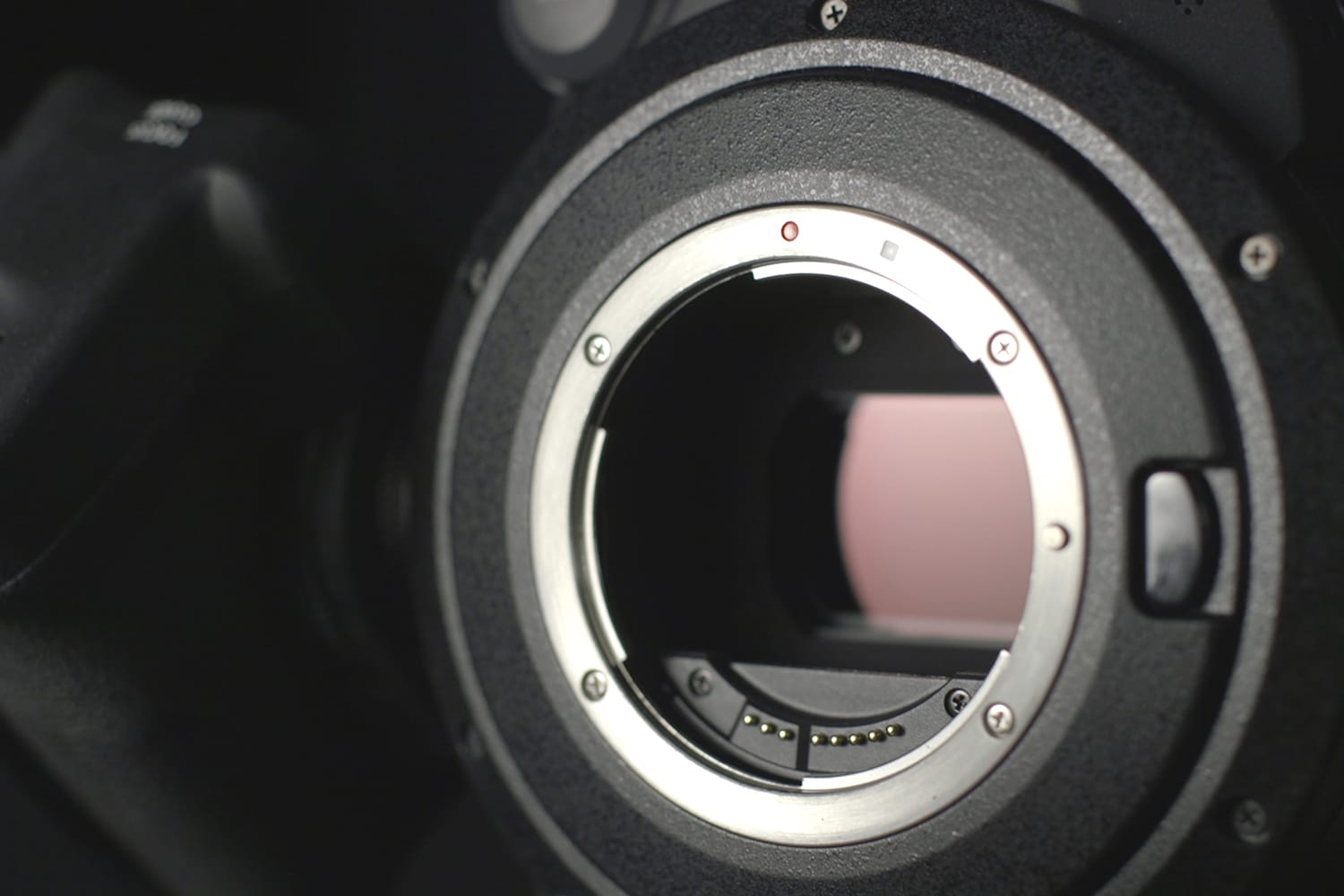
A Sensor’s Job Explained
A camera’s sensor is what collects information about a scene and compiles it into an image. For example, light enters the camera, hits the sensor, and is collected by pixels that divide the image up into information for display.
There’s a lot of science and tech jargon backing this, but let’s avoid the gritty details and keep things simple. You might consider a camera’s sensor to be the equivalent of a roll of film where the scene you’re shooting gets imprinted on (sort of) – it’s what captures and records the information in front of your lens.
Does Size Matter?
While all sensors perform the same basic job, not all of these sensors are created equal. If you’re shopping for a new DSLR, mirrorless, or even compact camera, you’re likely to encounter several different sensor sizes during your search. So, does it matter which size you choose?
Yes, it does! The size of a sensor affects photo quality, thanks to the sensor’s impact on things such as depth of field and dynamic range.
Many photographers prefer to use larger sensors because of the following advantages:
- Higher resolution
- Better performance when shooting in low light
- The ability to take wider angle images
- Increased dynamic range
- Shallower depth of field for more pleasing background blur/bokeh
However, I’d argue that bigger isn’t always better. Smaller sensors are superior, for example, when it comes to readout speeds. This makes them ideal for maintaining quality when shooting video.
Examining Common Sensor Sizes
To give you a better feel for the sensor sizes that are out there and how each might be used to its fullest potential, let’s talk about seven sensors you’ll see in today’s market.
1. Large Format
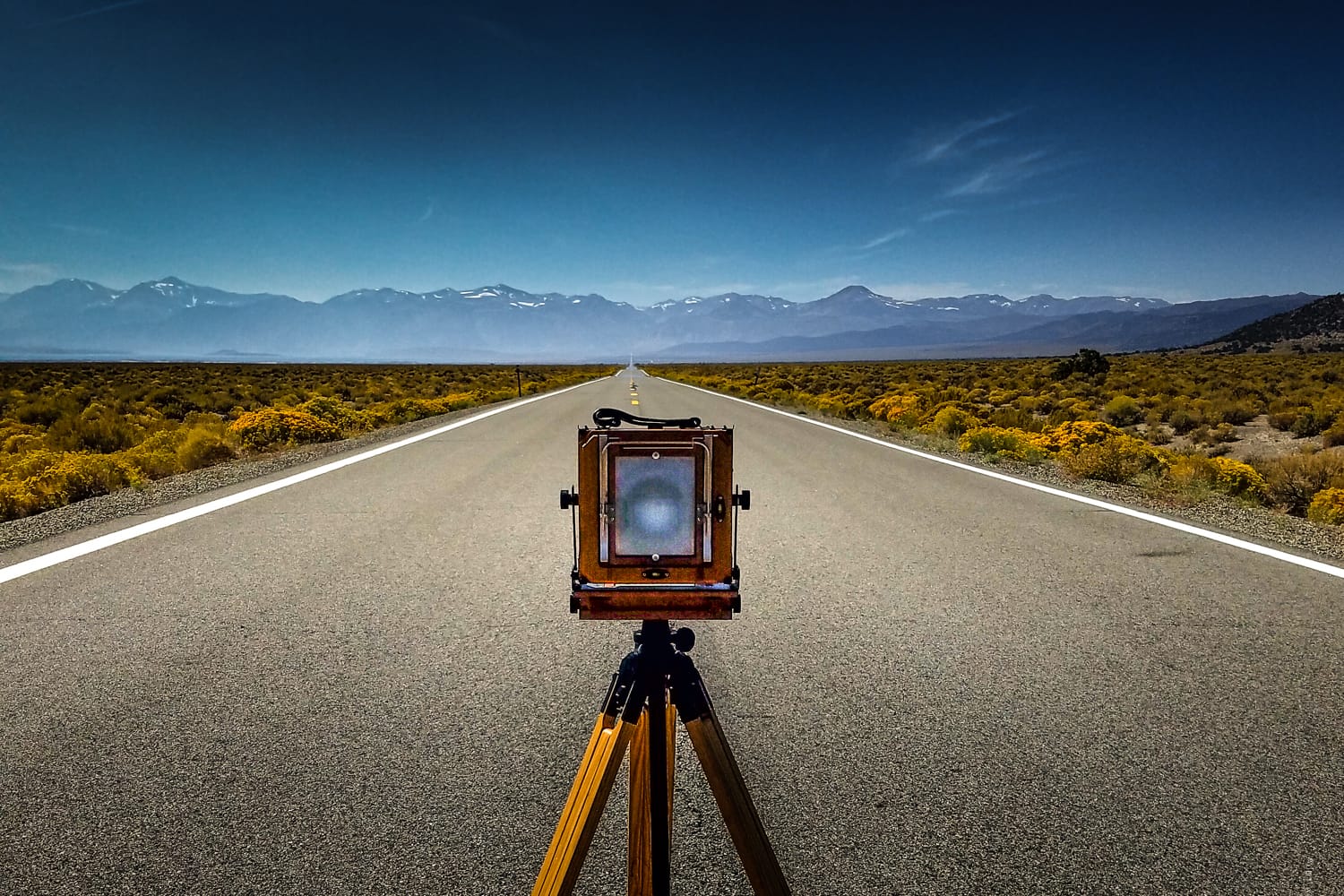
The highest attainable resolution comes as a result of large-format cameras, which cover anything bigger than 4×5 inches. The resolution in these cameras is incredible – a whopping 16 times bigger than what can be achieved by a 35mm camera. Landscape photography, anyone?
But, if you’re looking to shoot large format images, your best bet is probably to hunt around for a large format film camera!
2. Medium Format
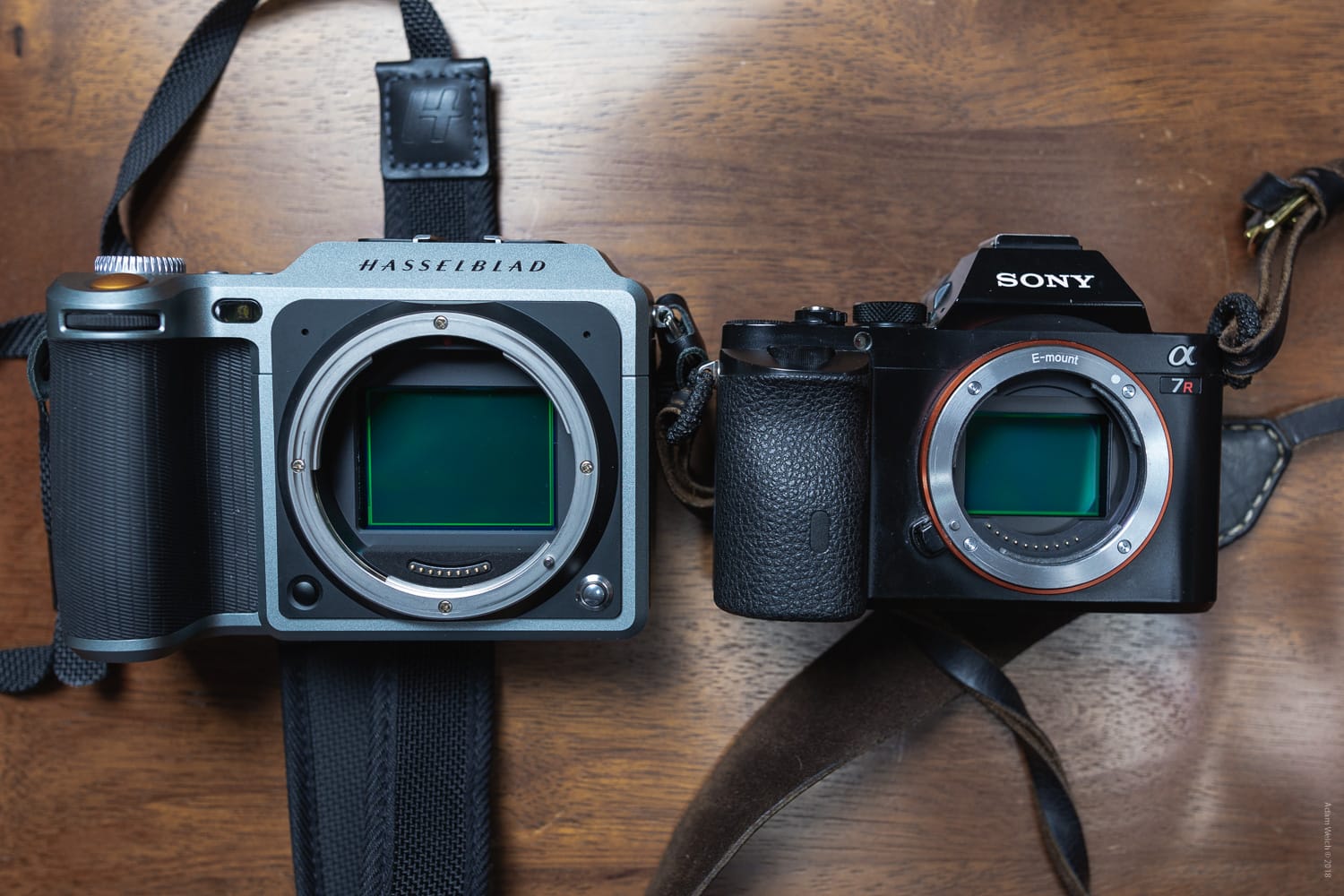
This term is somewhat less popular in the photography world since the uprising of digital cameras, but medium format was used extensively during the era of film. Medium format describes any camera utilizing the 120 film format. These days, the sensors in some digital cameras have been developed to imitate this size, and they’re even bigger than the full-frame sensors in high-end DSLRs! The Hasselblad X1D-50c is a great example.
Despite the bulkiness of medium format cameras, fashion photographers and those working in the advertising industry love these cameras because of their near-perfect color reproduction and high-quality results.
3. Full Frame
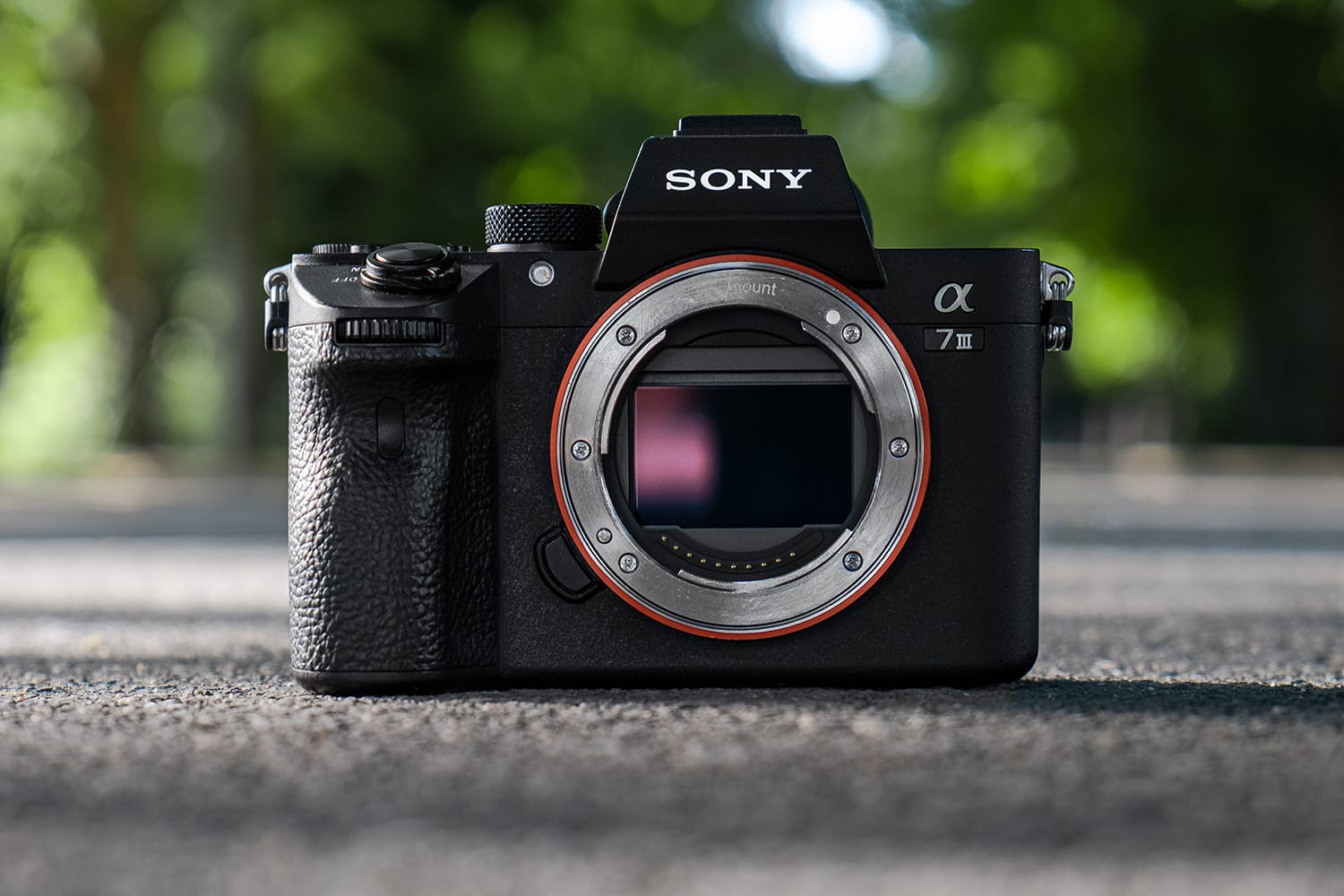
Full-frame sensors, called as much thanks to their similarity in size to a full 35mm film, are the most popular large sensors. You’ll find these impressively large sensors in the highest-end DSLR and mirrorless cameras, making cameras with full-frame sensors an expensive choice but well worth the money for pro photographers who want all the perks of a large sensor size.
Because DSLR cameras with a full-frame sensor have better resolution and depth-of-field advantages, many photographers prefer to use full-frame cameras for portrait shoots or landscapes. Full-frame sensors can help achieve the background blur that’s popular in portraits.
4. APS-H
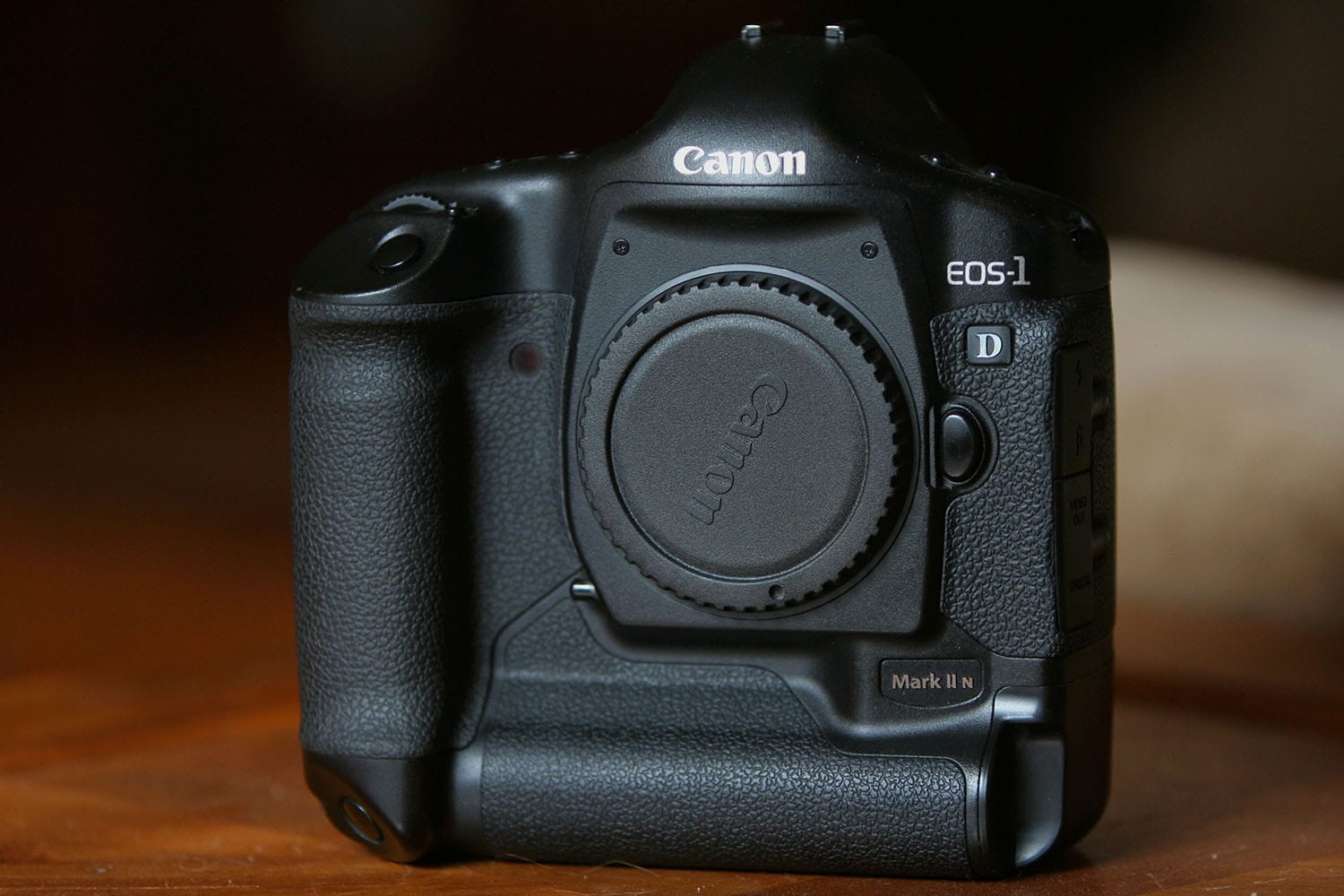
Image by Steven Smith
The next size down from full-frame sensors is the APS-H sensor, which has a crop factor of 1.3x (i.e. 1.3 times smaller than full-frame) and is preferred by many photographers who appreciate the middle ground between full-frame capabilities and smaller sensors like APS-C.
Note that the APS-H size was used mostly in Canon cameras and as far as I know Canon no longer produces cameras with an APS-H sensor.
5. APS-C
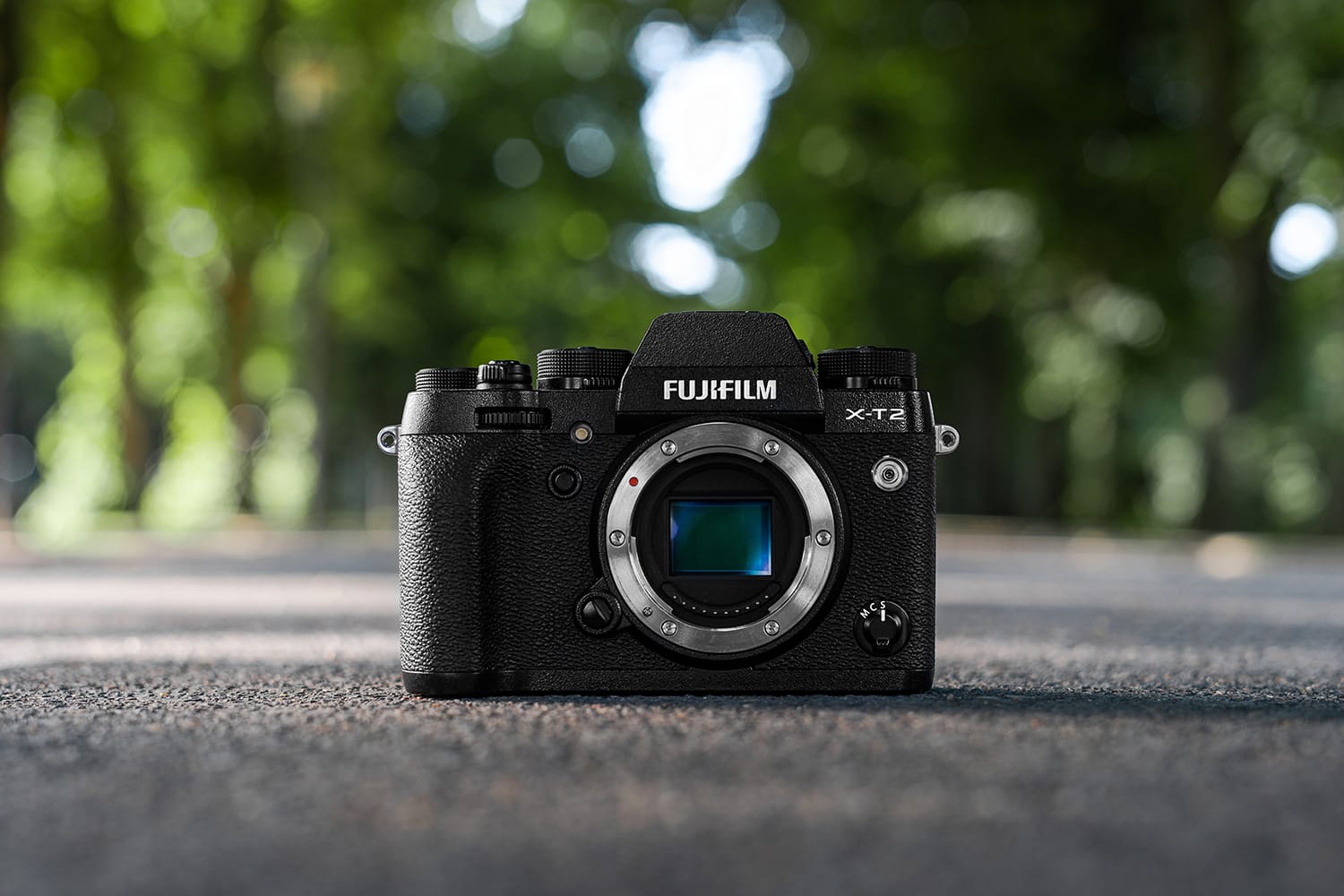
If you’re checking out the specs on entry-level and some mid-level DSLRs or mirrorless cameras, you’ll probably find the cameras equipped with APS-C sensors. These sensors are the most common, and their exact size and crop factor vary somewhat depending on the manufacturer.
While the camera’s performance in low light will begin to suffer when downsizing from a full-frame sensor, APS-C sensors mean smaller cameras and more affordable prices.
6. Micro 4/3
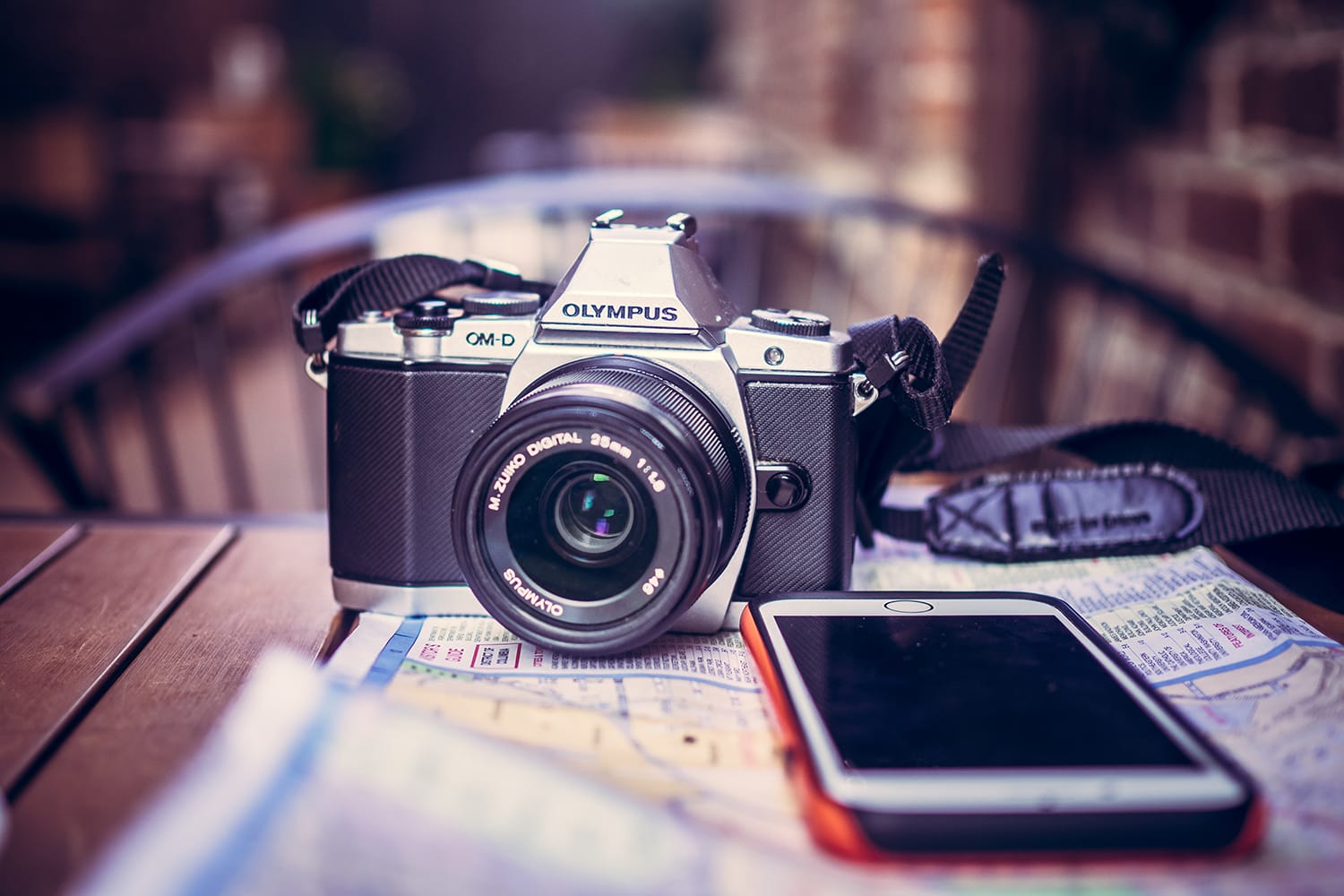
Even smaller than APS-C sensors, Micro 4/3 sensors will lend a camera a longer focal length because of the crop factor. This makes cameras with Micro 4/3 sensors preferable for wildlife and sports photography, when nailing close-up shots from a distance is critical but toting around hefty equipment like long lenses isn’t in the plan.
The smaller size of these cameras also makes them a good choice for travel photographers. In fact, you might say that the Micro 4/3 sensors offer the best of both worlds when it comes to quality and size – exactly why this sensor size was developed in the first place! However, these sensors are beginning to get small enough that you might have to sacrifice some quality in low-light situations.
7. One Inch
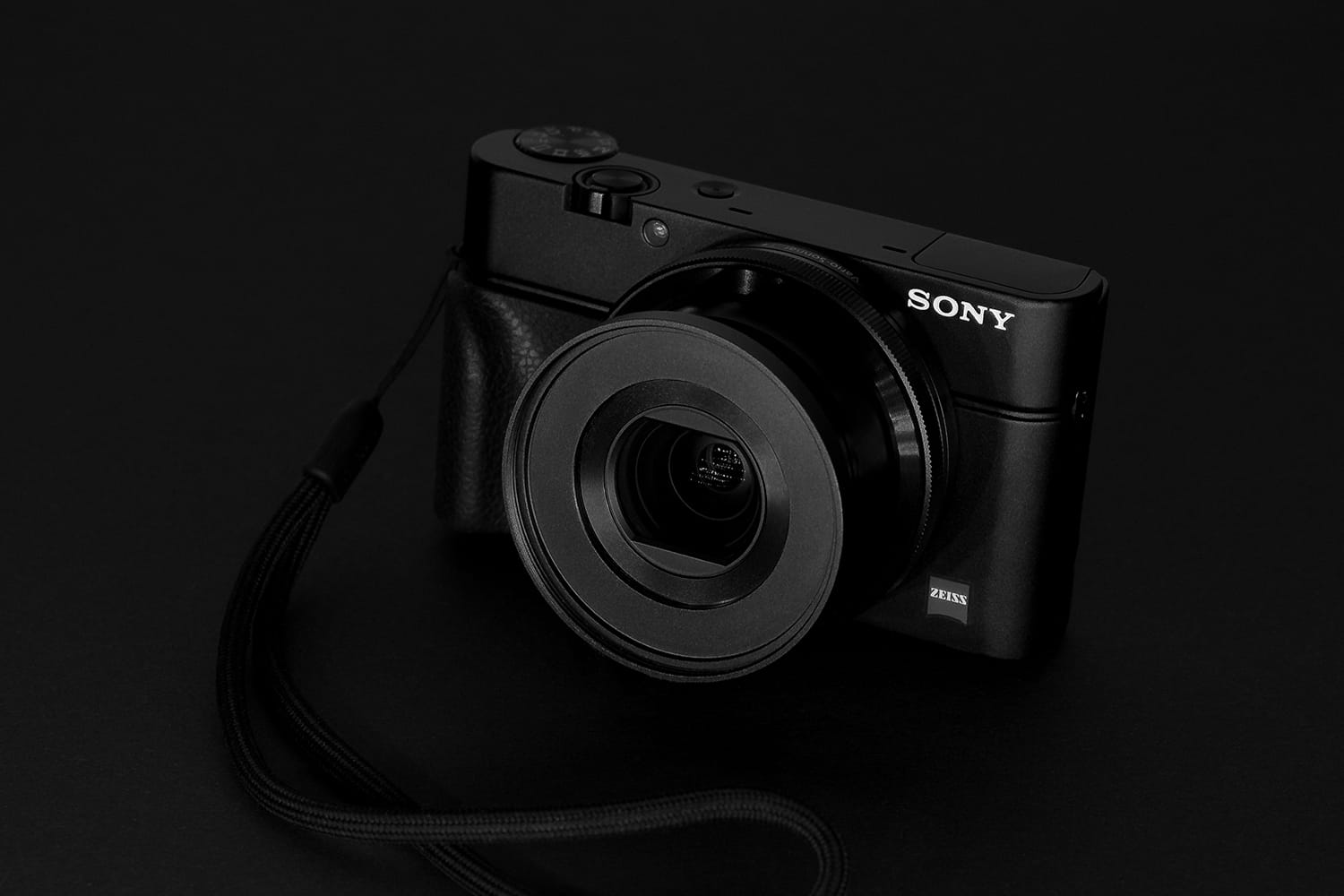
One-inch sensors are small enough to be found in a lot of compact cameras.
If you’re on the lookout for a compact camera rather than a DSLR or mirrorless camera, a compact camera with a one-inch sensor might be just what you need. These sensors may be small, but they still pack a punch, bringing a level of quality to compact cameras that can still yield some great photos.
As a result, the one-inch sensors found in high-quality compact cameras are great for photographers who are new to the hobby. Compact cameras are easy to carry and shoot, so new photographers can focus on the basic principles of composition without worrying too much about equipment.
The Verdict
Some photographers make the mistake of assuming that the larger the sensor, the better the camera and photo quality. However, this isn’t always the case! Bigger isn’t necessarily better. You should choose the sensor that’s right for you based on your personal photography style, goals, and the genre of photography you’ve settled into.
More important than buying a camera with the biggest sensor available is doing your research to find the sensor size that will bring out the best in your photos. With all that said, it might make more sense to invest in really high quality lenses than in a camera body.
If you’d like to learn even more about this and a ton of other topics? Make sure you download the DSLR Crash Course today!
